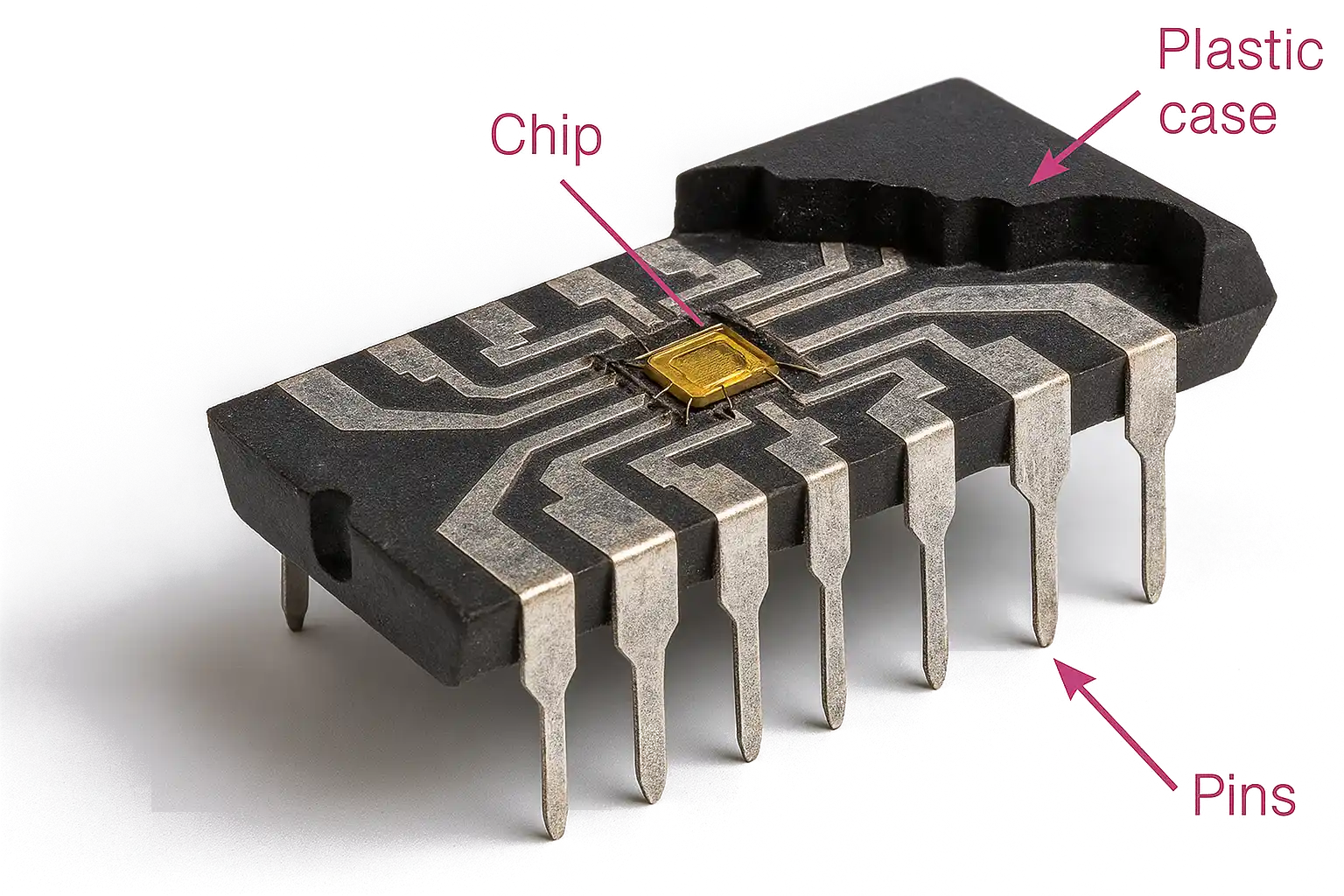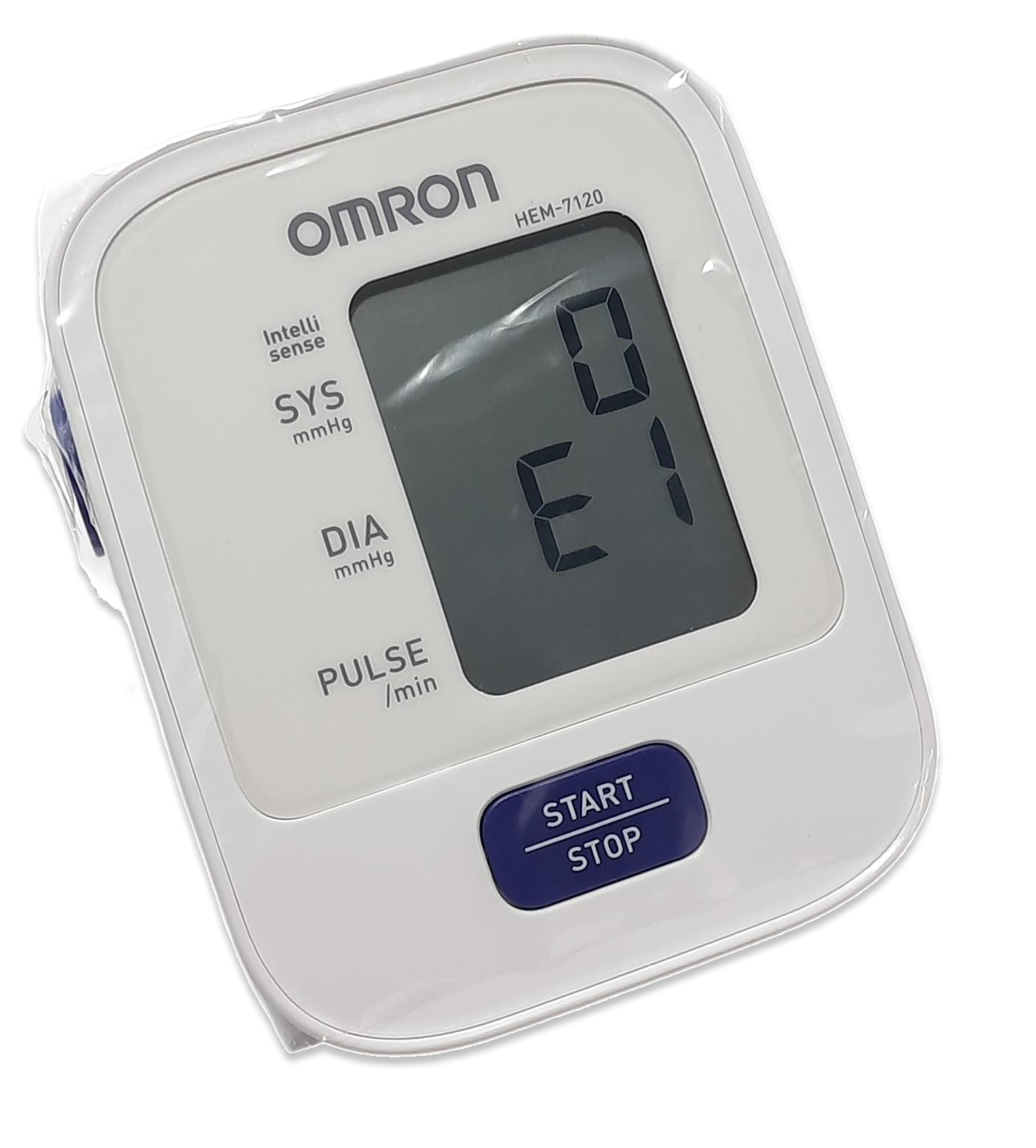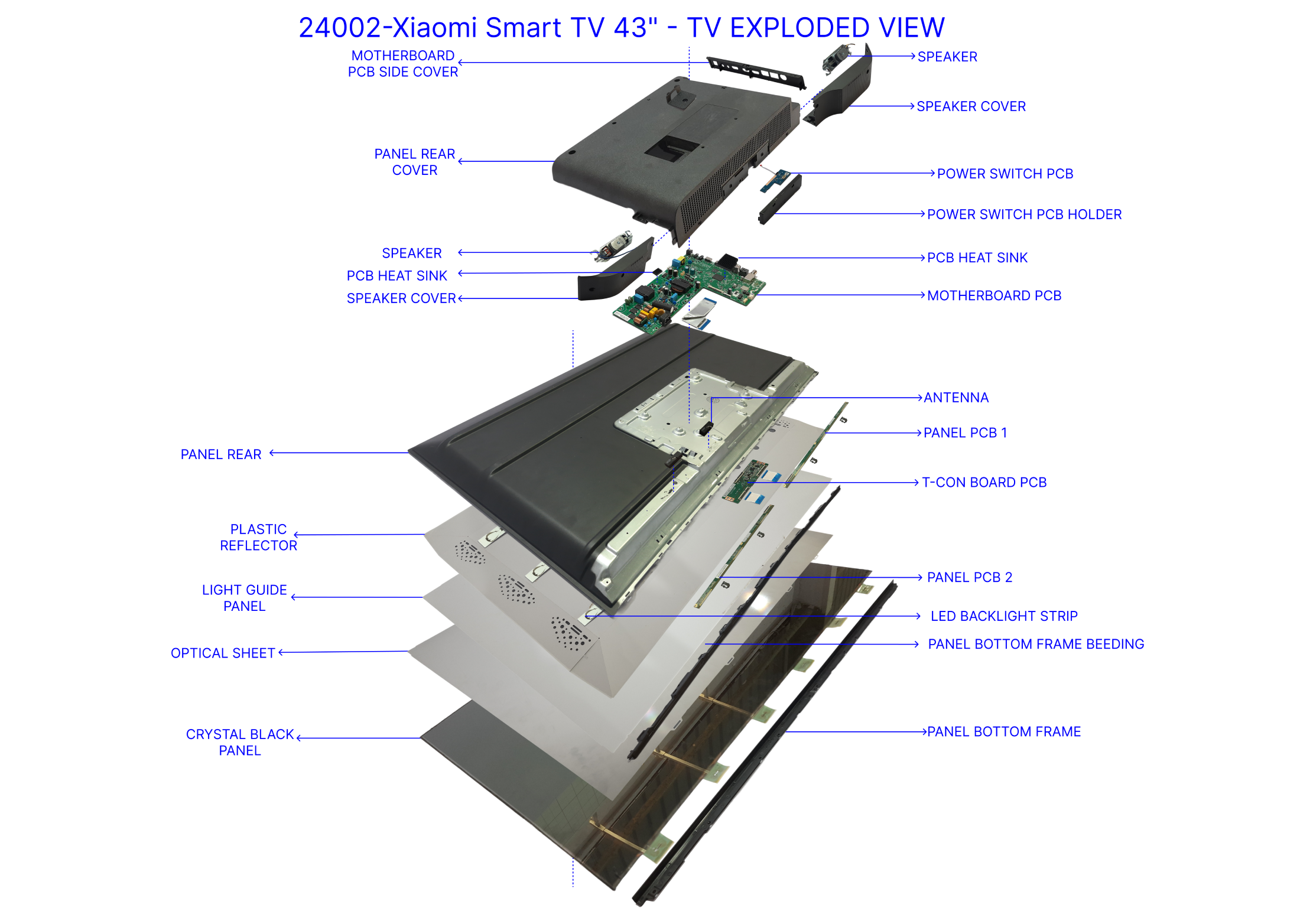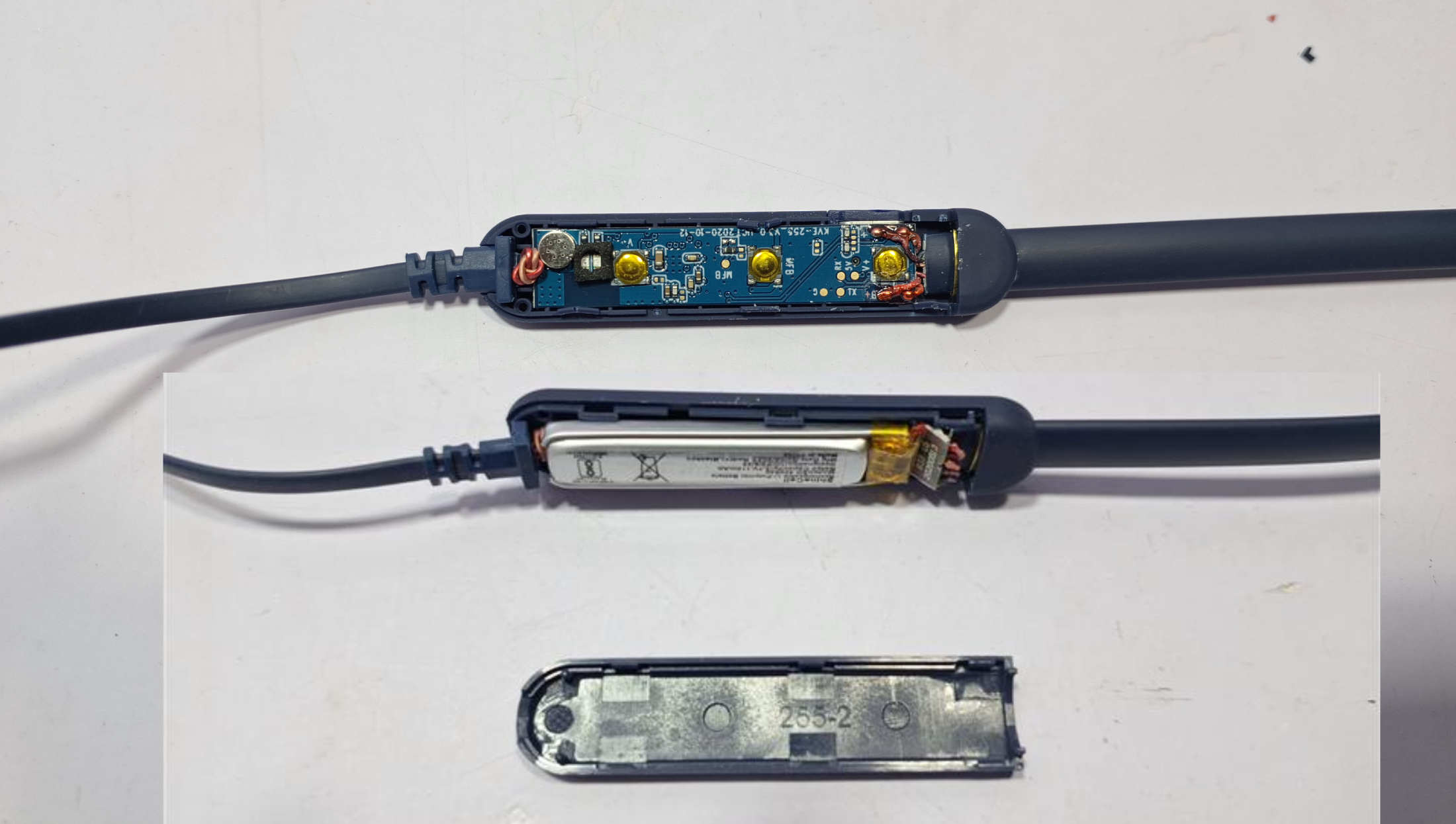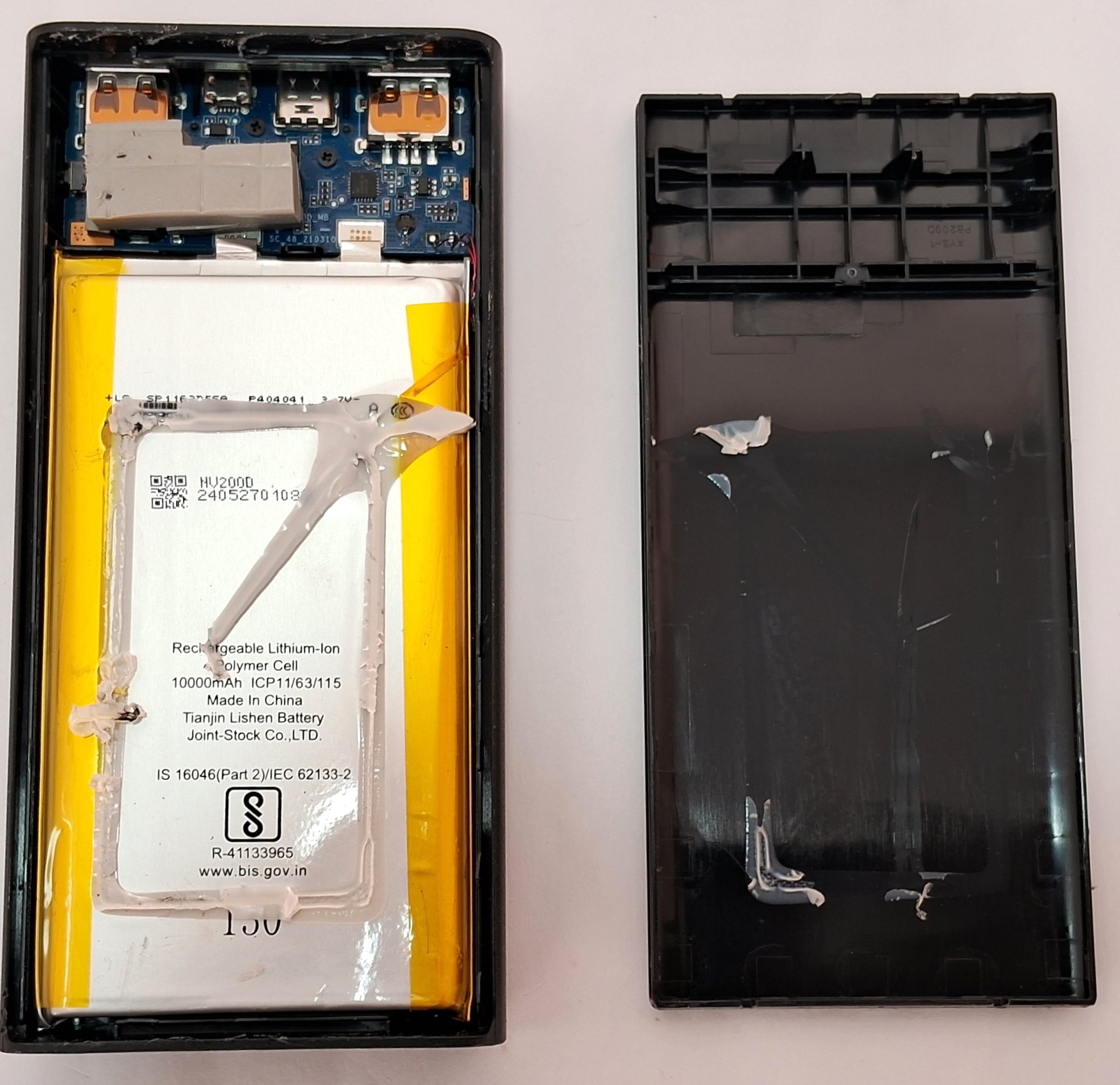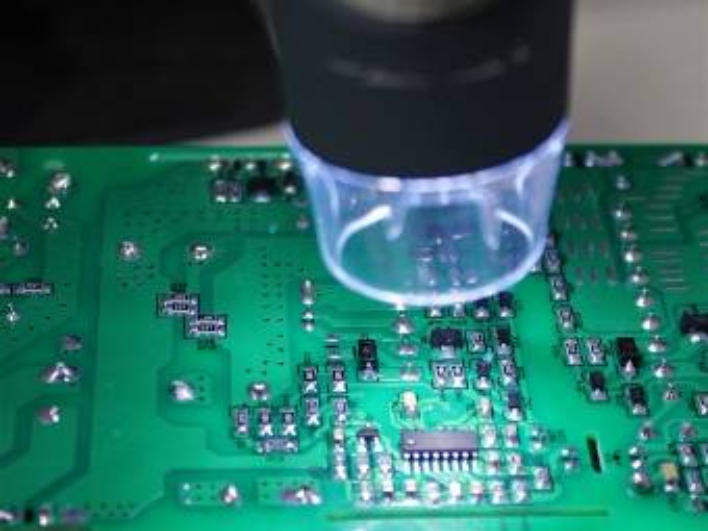Consumer Electronics
In the fast-moving world of consumer electronics, understanding what drives cost at the board and EMS level is critical. That’s where our SaaS platforms, xcPEP, Electronics should costing software and xcPROC, should cost data come in; giving teams the clarity they need to manage complexity, scale decisions, and stay ahead of cost pressures.
ASI Engineering, one of the few global teams focused solely on cost engineering works with leading brands in costing, cost benchmarking and cost reduction studies.
BOM cost sum alone isn’t enough. Every part of every SKU needs detailed, updated calculation of materials, manufacturing, logistics, forex, and overheads. xcPEP delivers that.
Should Cost Models
And more products torn down and costed
And more data points
Below are services where we engage with customers on a project basis. Our services are built on top of and delivered using xcPEP and xcPROC.
Should Costing
We deliver accurate should-costs for products or assemblies like PCBs, batteries, plastics, and displays using BOMs, 3D data, teardowns, and supplier benchmarks.
Cost Reduction Studies
We benchmark your product against competitor across cost drivers to generate cost reduction ideas.
Onboarding
We tailor xcPEP to your products, suppliers, and locations, and build custom raw material, MHR, and LHR datasets.
Cost Lab B-O-T
We set up a cost lab in your organization, develops SOPs, train your team through live projects and deliver a functional cost lab.
Deployment & Cost Lab BOT are services where ASI Engineering team ensures xcPEP is configured and used effectively.
How are we different?
We build cost engineering technology. Our core products, xcPEP for should cost modelling and xcPROC for cost data, form a powerful ecosystem supported by engineering services that speed customer adoption. While we may resemble consulting or benchmarking firms, the similarity is only superficial; our strength lies in the technology we create.
|
ASI vs. Management Consultants vs. Benchmarking Companies
Approaches to Cost Optimization for Consumer Electronics Manufacturers
|
||
| ASI – Engineering-Led Cost Transformation | Management Consultants | Benchmarking Companies |
|---|---|---|
| Engineering-led cost transformation using xcPEP & xcPROC, tailored for Consumer Electronics makers. Focus on sustainable, structural cost reduction across full product lifecycles. | Strategy-focused consulting aimed at solving isolated problems. Engagements are billable-hour driven and often lead to recurring cost challenges. | No pre-existing Consumer Electronics database. Deliverables based on expensive, one-off teardown or reverse-engineering projects. |
| Transparent Should Costing for every part, adapted to each manufacturer’s supply base and production process. Highly detailed, data-driven simulations enabling targeted cost-reduction initiatives. | Relies on SME expertise and generic industry data. Often produces incremental changes without addressing systemic cost drivers. | Costing often based on simplistic formulae from limited teardown samples. Insights rarely capture the complexity of electronics manufacturing and electronics child part sourcing. |
Proprietary platforms:
| General financial models and operational frameworks. Lacks manufacturing-specific cost simulation capabilities. | Uses ad-hoc analysis tools for each engagement. No scalable platform for repeatable, accurate cost estimation. |
| Measurable, sustainable cost reductions with direct impact on margin and competitiveness. | Recommendations improve current state but may not deliver optimal or lasting results. | Outcomes are slow, costly, and often fail to justify the investment. |
| Rapid portfolio-wide analysis with live costing tools – weeks, not months. | Multi-month projects from start to final report. | Slow, custom project timelines with long lead times for any usable insights. |
Our Core Objective
|
Engineering Led Cost Transformation
Of Consumer Electronics Manufacturers
|
||
| Challenge | ASI Solution | Value |
|---|---|---|
Key Challenges
|
Our Framework
|
Business Impact
|
| Core Technology Platforms | ||
|
xcPROC Procurement Intelligence
|
xcPEP Costing Engine Precise Should Costing
|
xcPEP Idea Module Automated Design & Commercial Idea Generation
|
| Build - Operate - Transfer Engagement Model | ||
|
Phase 1: Build Detailed Should-Costing Foundation
|
Phase 2: Operate Idea Generation & Implementation
|
Phase 3: Transfer Cost Engineering Function Handover
|
|
|
|
| Deliverables & Outcomes | ||
Immediate
|
Medium-Term
|
Long-Term
|
Product Studies
Our engineers regularly undertake internal projects on products of interest. These initiatives help enhance our solutions for specific product categories and also generate demo data for customers to evaluate. Below are blogs showcasing the outcomes of these studies.

